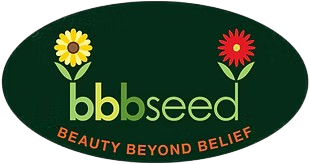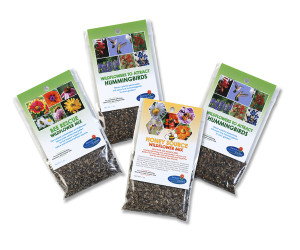Stay the Course: End of Season Gardening Tips.
Gardening Tips
by Sandy Swegel
It may still be blistering hot, but gardeners, especially in Zone 5, are on the home stretch. Days are getting noticeably shorter. Much of the work of the year culminates in the next month as it’s time to bring the harvest home so here are some end of season gardening tips. You have to pay extra attention in the next few weeks so you get the best harvest possible.
Keep the water steady.
This is not the time to skip watering for several days. Here’s the bad cycle. You forget to water for a day or two. Then you go out and put the water on for hours to compensate. This is a sure recipe for split fruit, especially tomatoes, and reduced fruit production.
Stay after the powdery mildew.
The mildew can be crazy on the squash and melons this time of year. Don’t let the whole vine turn to mildew. At the least, pull off the badly diseased leaves to keep the disease from spreading to the whole plant. Those squash, pumpkins and melons can still put out a lot of good fruit if they have some healthy leaves to photosynthesize.
Keep harvesting.
The more you harvest, the more your plants keep putting out new fruit. Don’t lose courage now just because your kitchen is overflowing with food to be processed or given away. Keep things in a cool area if needed till you get to it.
Consider a light fertilizing.
Some plants have really been putting out and spending themselves for you. I sometimes do a light foliar feed of kelp or other liquid organic fertilizers to keep the plants’ spirits up on these stressful long work days. I think the kelp helps with resisting disease too.
The season may have a long way to go…don’t get distracted by school startups and thoughts of Fall. Your garden’s glory days are here.
Photo credit:
www.rosalindcreasy.com/edible-garden-how-to/
smallimperfectgarden.wordpress.com/2014/09/15/picking-tomatoes-shouldnt-be-this-challenging/


